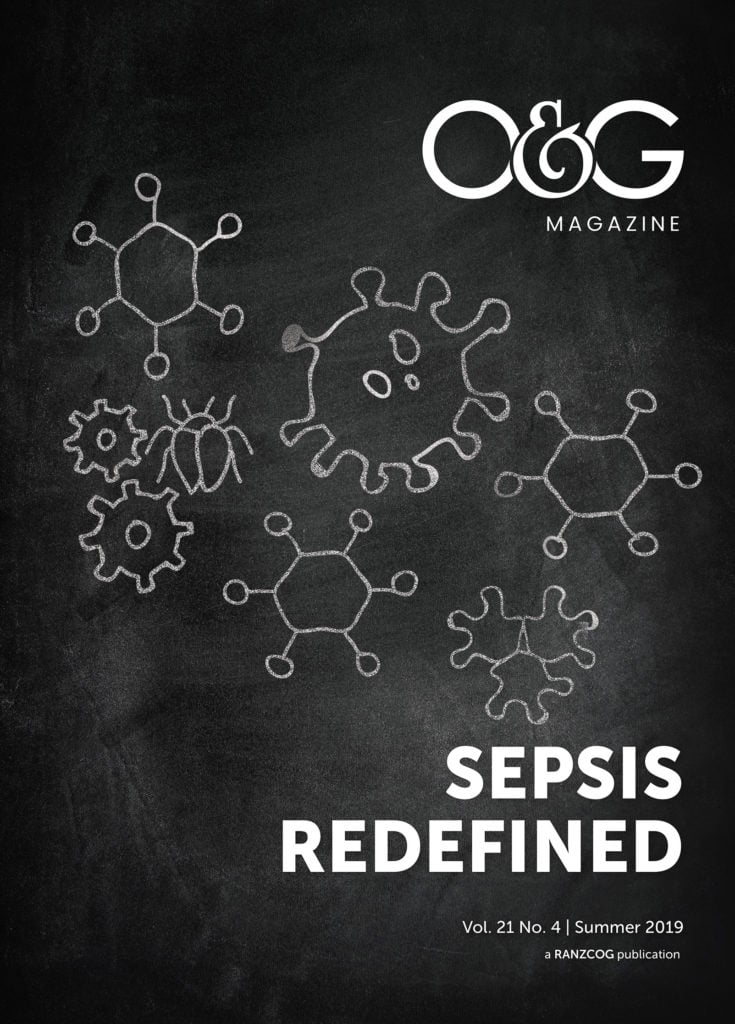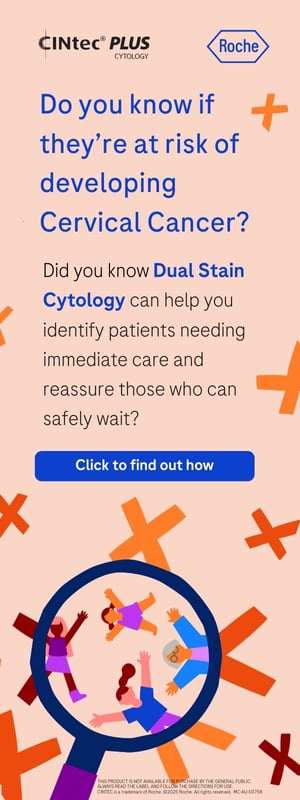Australian women now have access to oocyte cryopreservation (egg freezing) as a fertility conservation technique. This is an expanding area of assisted reproductive technology and clinicians are likely to see patients asking about its benefits and limitations. The recent ANZREI consensus statement on elective oocyte cryopreservation is an excellent resource clearly stating the evidence basis and providing practice guidelines.1 It is recommended reading for practitioners to assist in counselling women.
As women age, oocytes accumulate more DNA damage from daily living activities and their quality declines. This is reflected in lower fertility rates and higher rates of miscarriage as women age.2 Because many women may not be in a position to reproduce when their natural fertility rates are highest, educating women about when and how their fertility declines is important. Such information enables better decisions about possible family size and postponement of child bearing. Additionally, some women will decide not to have children, use donor eggs or adopt if natural conception is not possible. Access to international donor sperm banks now allows single women or same sex couples the option of conception.
Oocyte cryopreservation is a way for women to freeze their own eggs for a later date; however, it is not a guarantee of live birth and women exploring this option need to be aware of its limitations. Women who embark on a course of oocyte cryopreservation need a baseline assessment of fertility and a discussion about the expected number of eggs to be frozen per cycle. There is no number of frozen eggs that guarantees a live birth and women should be counselled regarding success rates. The number of cycles to be undertaken will be different for each woman depending on age, egg reserve, side effects, cost and desired family size.
All women presenting to women’s health clinicians, but particularly those in their late 20s to early 30s seeking fertility advice, should be asked about their menstrual cycle, use of contraception and future pregnancy plans.3 Clinicians should screen women wishing to delay fertility for any underlying disorders that specifically affect fertility, such as polycystic ovary syndrome, endometriosis or fallopian tube disease. This is also a good time for these women to optimise other systemic health conditions that may affect fertility, such as auto-immune conditions, and document any previous gynaecological surgery (previous salpingectomy for ectopic pregnancy, excision of endometriosis or dilatation/curette). Clinicians should reinforce positive lifestyle habits such as, quitting smoking and illicit drug use, reducing alcohol/caffeine consumption and optimising diet and exercise. Clinicians should obtain a family history including premature ovarian insufficiency and hereditary genetic conditions, and review of medications. For women at risk of low ovarian reserve, reduced fertility, or for those considering elective egg freezing, an assessment of ovarian reserve should be requested, including anti-Müllerian hormone (AMH) level and pelvic ultrasound.
Predicting the rate of reproductive decline in an individual woman is difficult and it should be noted the isolated use of AMH, antral follicle counts and follicle stimulating hormone (FSH) for predicting conception and live birth is controversial.4 However, AMH, antral follicle counts and FSH levels are used to determine gonadotropin dose for ovarian stimulation and are relatively reliable in predicting oocyte yield during an IVF cycle. Women must have realistic expectations about the number of oocytes required to potentially produce one live birth. Unavoidable oocyte attrition occurs during the process of egg collection, thawing and fertilisation. Intracytoplasmic sperm microinjection (ICSI) is required to fertilise frozen oocytes, due to the outer cumulus layer of the egg being stripped prior to the freezing process. This has additional costs and fertilisation rates are dependent on sperm and egg quality. Embryologists may not deem all eggs collected during an egg pick up to be mature (metaphase II) for freezing purposes; if 10 are collected, only seven may be ‘mature’ to freeze. When eggs are frozen, only 90 per cent are likely to survive vitrification and the warming process.5 Only 70–85 per cent of eggs that survive warming will fertilise with sperm through ICSI.6 Of the eggs that fertilise successfully and form day 5–6 blastocysts, the live birth rate is approximately 29 per cent per embryo transferred.7 The live birth rate per egg frozen is related to the patient’s age and egg quality at time of freezing and is between 5–8 per cent per egg.8Thus, women in their early 30s are the optimal candidates for oocyte cryopreservation and it is best performed before the age of 35 years.9
Financial expenses should be disclosed prior to undertaking elective oocyte freezing – particularly the likely need for multiple cycles and the cost of ongoing egg storage. Potential risks must be discussed, including ovarian hyperstimulation syndrome, damage to surrounding structures during oocyte retrieval (bowel, bladder and vessels), and most importantly, that oocyte cryopreservation does not guarantee a live birth. Women should also be aware that studies currently demonstrate no increase in miscarriage or congenital malformations in pregnancies achieved via frozen oocytes.
Now that Australia has its first guideline on elective oocyte cryopreservation, clinicians are likely to see their role expand as more women pursue the technology that enables them to preserve their reproductive potential. To optimise this, clinicians should clearly set out what the process entails, discuss the fact that more than one cycle may be needed and give advice regarding general health measures for fertility, such as to stop smoking and maintain a healthy BMI. With the above information, it is hoped women seeking fertility advice can make empowered decisions about their fertility choices and realistic reproductive potential.
References
- Lew R, Foo J, Kroon B, Boothroyd C, Chapman M and Australian CREI Consensus Expert Panel on Trial evidence (ACCEPT) group. ANZSREI consensus statement of elective oocyte cryopreservation. ANZJOG. 2019;59(5):616-26.
- Volarcik K, Sheean L, Goldfarb J, et al . The meiotic competence of in-vitro matured human oocytes is influenced by donor age: evidence that folliculogenesis is compromised in the reproductively aged ovary. Hum Reprod. 1998;13(1):154.
- Prepregnancy counseling. ACOG Committee Opinion No. 762. American College of Obstetricians and Gynecologists. Obstet Gynecol. 2019;133:e78-89.
- Testing and interpreting measures of ovarian reserve: a committee opinion. Practice Committee of the American Society for Reproductive Medicine. Fertil Steril. 2015;103(3):e9-e17.
- Lew R, Foo J, Kroon B, Boothroyd C, Chapman M and Australian CREI Consensus Expert Panel on Trial evidence (ACCEPT) group. ANZSREI consensus statement of elective oocyte cryopreservation. ANZJOG. 2019;59(5):616-26.
- Lew R, Foo J, Kroon B, Boothroyd C, Chapman M and Australian CREI Consensus Expert Panel on Trial evidence (ACCEPT) group. ANZSREI consensus statement of elective oocyte cryopreservation. ANZJOG. 2019;59(5):616-26.
- Cobo A, Garcia-Velasco JA, Coello A, et al. Oocyte vitrification as an efficient option for elective fertility preservation. Fertil Steril. 2016;105(3):755-64.
- Potdar N, Gelbaya TA, Nardo LG. Oocyte vitrication in the 21st century and post-warming fertility outcomes: a systematic review and meta-analysis. Reprod Biomed Online. 2014;29:159-76.
- Lew R, Foo J, Kroon B, Boothroyd C, Chapman M and Australian CREI Consensus Expert Panel on Trial evidence (ACCEPT) group. ANZSREI consensus statement of elective oocyte cryopreservation. ANZJOG. 2019;59(5):616-26.






Leave a Reply